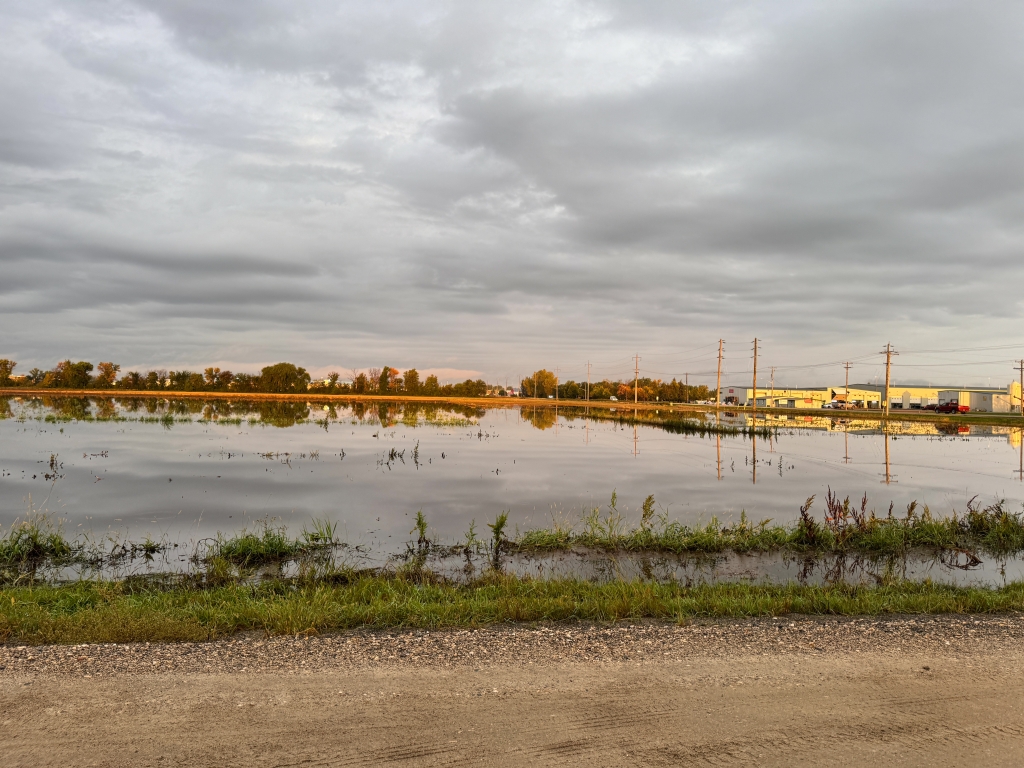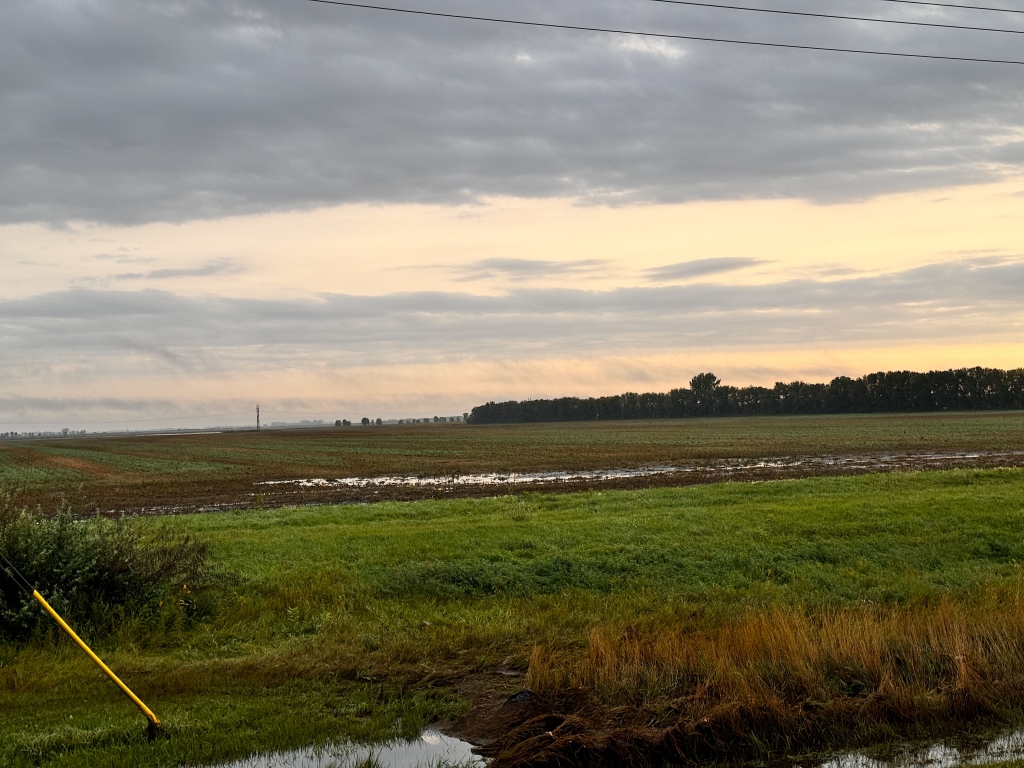
Heavy rains, ranging from three to six inches, have swept through parts of Southern and Southeastern Manitoba, raising concerns among farmers regarding their crops. However, many farmers welcome the extra moisture, viewing it as beneficial for the growth of their fields despite the challenges it may pose for some. While too much rain can cause issues, additional water is primarily helpful for agriculture in the region.
Brunel Sabourin of Antara Agronomy in St. Jean, MB, highlighted that heavy rain in mid-to late September could pose challenges for harvesting beans and corn and delay fall fieldwork. While beneficial in some cases, the excess moisture may complicate certain crops’ drying and harvesting process, creating potential setbacks for farmers aiming to complete their seasonal work.
“We were dry before this rain, so even if we don’t receive any additional rainfall in the foreseeable future, we should still be able to return to the land and harvest the remaining harvest without making a mess,” he said.
While this rainfall doesn’t benefit this year’s crop, it will help get the 2025 crop off to a good start!
Bob Kleinsasser from Suncrest Colony near Steinbach, MB., expressed concern that fall fieldwork may not be possible after receiving six inches of rain. The heavy rains have left the fields so wet that they may only be able to complete the harvest once frost allows for better field conditions. This significant moisture has delayed harvest and any potential fieldwork for the season.
Manitoba Agriculture’s weekly crop report said harvest continues in spring cereals and canola, with yields reported between 25-90 bu/acre for spring wheat, 80-180 bu/acre for oats, and 90-115 bu/acre for barley. Canola harvest is around 49 per cent complete. Corn crops are maturing rapidly, with cobs in the dent growth stage. Sunflowers are progressing well, with earlier seeded fields reaching physiological maturity (R9 stage), while later fields are in the R8 stage. Overall, crop conditions are good as the harvest progresses.
Spring wheat yields are estimated between 60-90 bu/acre, averaging 70 bu/acre in the Central and Eastern regions. In the North Interlake, yields range from 25-55 bu/acre, with up to 70 bu/acre in the South Interlake. Fusarium head blight affected some fields, reducing grain quality to grade two.

Oat yields are reported between 80-180 bu/acre, while barley yields range from 90-115 bu/acre. Corn crops are progressing rapidly, with cobs in the dent growth stage and milk lines advancing as they approach physiological maturity.
Canola harvest is ongoing across the province, with 49 per cent completed. The Central region has reached 70 per cent, while the Northwest is 25 per cent. Swathing and pre-harvest applications are still in progress. Sunflower crops are maturing, with earlier fields in the R9 stage and later fields in R8. Flax crops are fully ripened, with pre-harvest herbicide applications complete, and harvest is expected soon, depending on weather conditions. Overall, crop conditions for canola, sunflower, and flax are rated as good, aside from areas impacted by previous flooding.
Dairy producers in Eastern Manitoba have finished their third cut of hay, while beef cattle producers are still working on their second cut. Harvest of native forages is underway in previously waterlogged areas, and many producers are baling straw as annual crops are combined. Corn silage harvest has started, though moisture levels and kernel integrity remain a concern. Most second cuts have yielded one to two bales per acre. Producers should monitor nitrate levels in the feed if frost occurs and be cautious about the timing of alfalfa harvesting during the critical fall period. •
— By Harry Siemens





